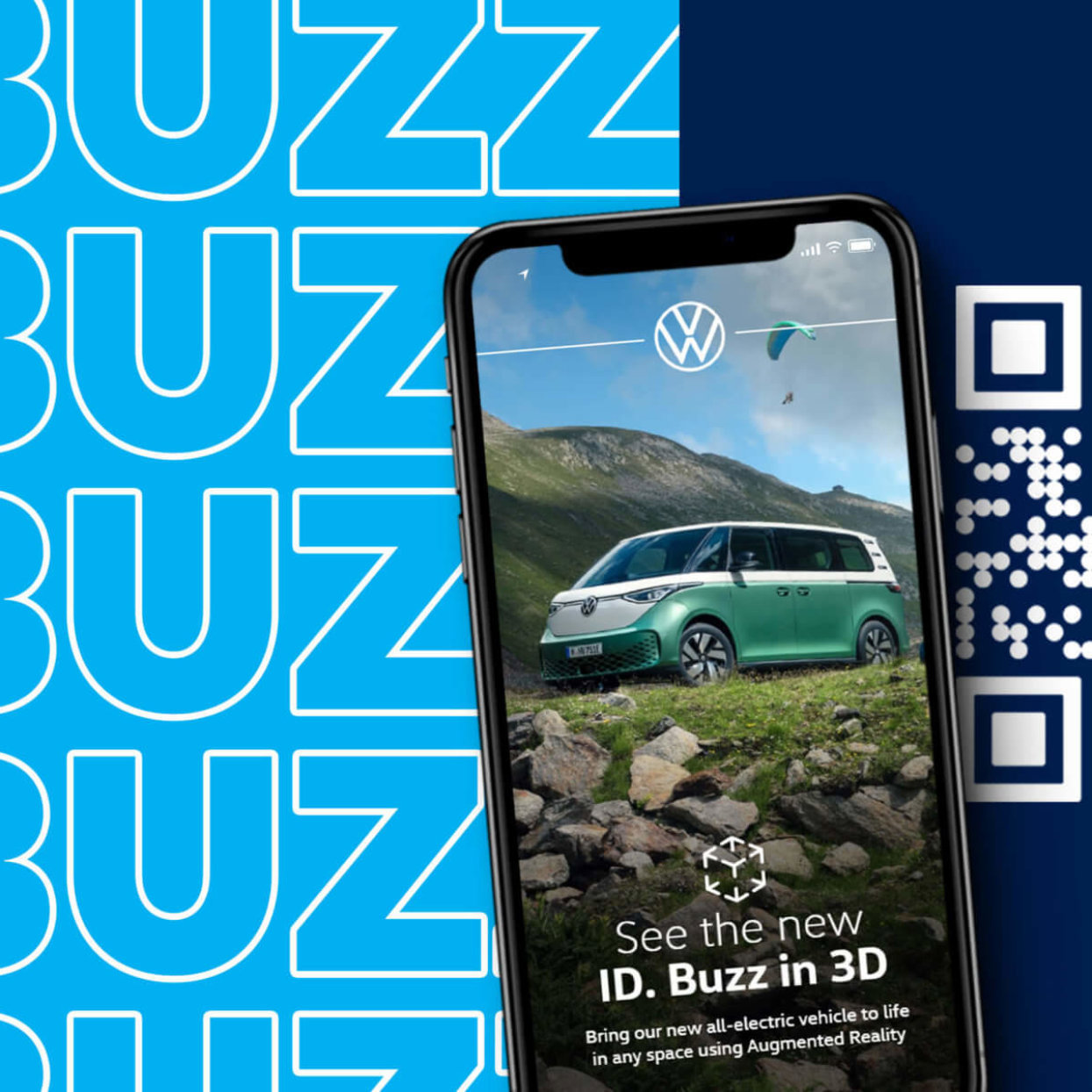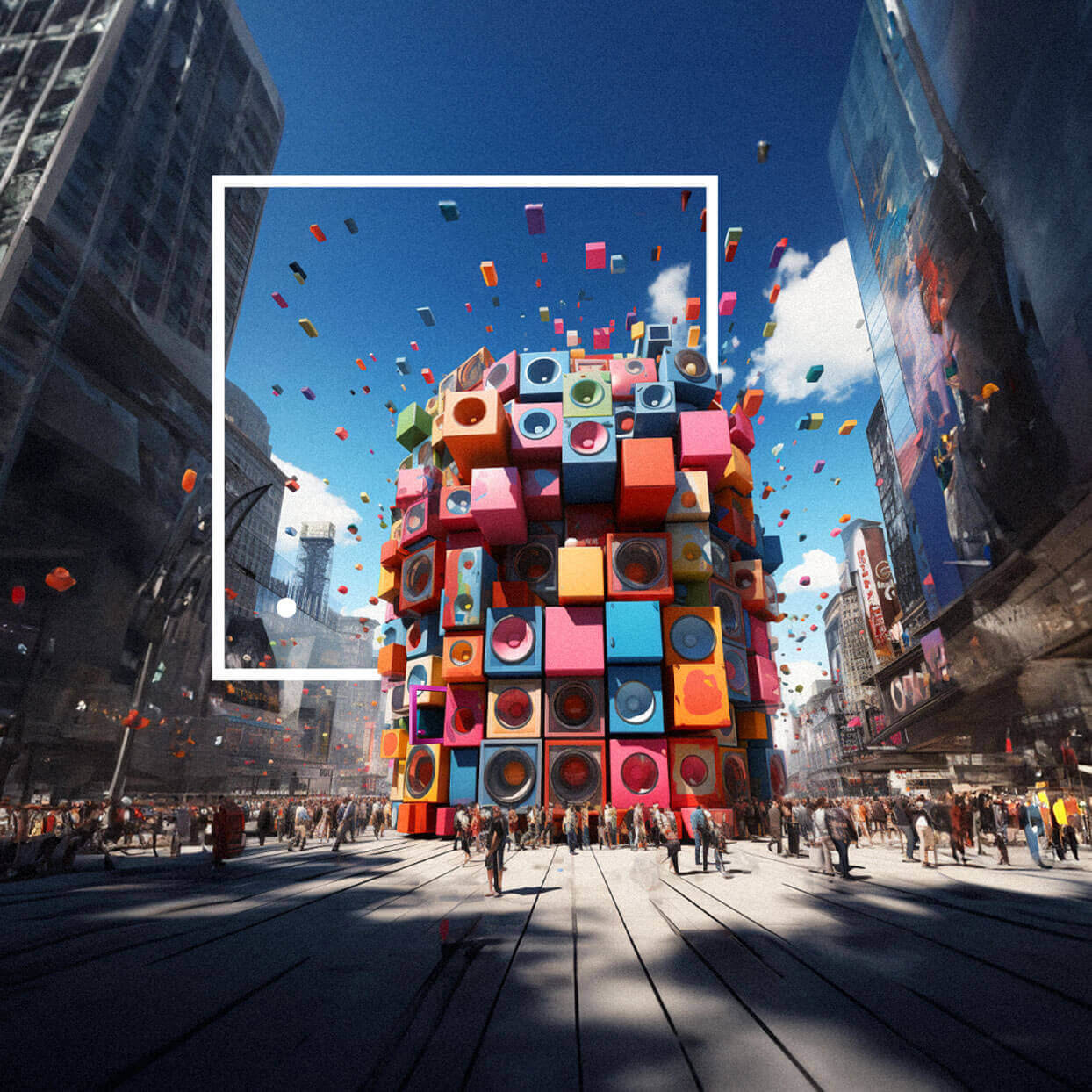OUR 2020 DIGITAL PREDICTIONS
Written by Laura Browne, Digital Project Manager. Illustrated by Jake Ward, Designer.
Remember this time last year when everyone predicted 2019 was the year of Blockchain? Well perhaps that one didn’t take off, but it hasn’t stopped us from considering what 2020 will bring.
Authenticity of Brand Management
Users, consumers, personas…to us they’re simply people.
With more devices in the hands of the people, brands can’t afford to just execute a trendy idea and hope it sticks. People are more sceptical and call out brands who fail to prove their authenticity.
Pepsi’s misfiring 2017 ad featuring Kendall Jenner shows how badly a global brand can miss the authenticity mark. Their attempt to send a message of peace went viral for implying that social protest could become more powerful by sharing a soft drink, leaving a sour taste in the mouths of their consumers.
Accessibility to brands allows people to praise or condemn brands as a committee. It’s no wonder 81% of people surveyed believe social media increases brand accountability, and are more likely to access them via social networks, as well as stick with them over a period of time.
The good news is, with accessible data sets and flexible always-on social platforms, it’s never been easier for brands to build personal connections and prove authenticity.
Conversation-Led Experiences
As more of us are reaching out to brands through social media, it’s creating a different kind of online experience.
People want communication on-demand and on a device they understand. Being available in your audience’s comfort zone creates more opportunities to engage through real conversation, removing stress points from the experience. This isn’t new by any means, but creating direct relationships is now more important than ever.
But these conversations don’t just happen over social and chat bots. 2019 saw a 5% increase in people communicating with organisations via email; a surprising result that suggests the format is far from on its way out.
No matter how brands speak to their audiences, instant post-engagement feedback has become essential. People now expect brands to check-in and make sure they’re happy with their choices, and brands that don’t follow-up may suffer in the long term.
Micro-Influencers Take Over
Now that real conversation is heavily influencing brand trust, what are the implications for online influencers? The game has changed, as many are becoming sceptical about major influencers with relationships to big brands. In fact, only 4% of people reported that they trust content from major influencers.
In the same study, 44% of Brits said they were influenced by some degree of online opinion – but it’s micro-influencers who are often more trusted, with 82% of people saying they were likely to buy something recommended by a micro-influencer. Having a lower number of followers, it seems, can make it look like you’re more likely to be honest.
Visual Search is on the rise
Keywords aren’t going anywhere, they’re the backbone of online visibility. But an alternative (arguably more interesting) way to search burst onto the scenes in 2019: visual search.
Uploading an image to search is the user-friendly little sister to type-search and has been steadily on the rise.
In 2018, there were around 600 million visual searches on Pinterest every month. And in 2019, Google and Bing were some of the major platforms adopting and improving visual search. Google reports that images are returned for 19% of search queries, and 62% of millennials want this feature more than other new technologies.
Not surprisingly, the key categories for visual search include fashion, events and food. Amazon were quick to react in June 2019, rolling StyleSnap into their app as a ‘Shazam’ for clothes. But as visual search grows, sites will need to stay on top of their content with regular refreshes to meet increased demand.
Search Queries are put into Context
Google took us all by surprise in 2019, announcing the biggest search query change in five years.
It’s called BERT.
Not a real person, but an algorithm which looks at a full question rather than the literal words typed into the search bar. Sounds pretty drab, but here’s why life with BERT is better than ever.
You type the search query into Google, such as ‘How to catch a cow fishing’.
Pre-BERT results: Livestock, cattle, rivers and fish.
Post-BERT results: Fishing related websites, bass, bait.
BERT spots that the term ‘cow’ in the context of fishing means a large bass, not a large farm animal. So search has a more natural, conversational approach to generating results. It makes life easier for searchers and helps people connect with brands during relevant moments.
Although many websites may not be jumping on this release straightaway, an early audit of website content will help brands make themselves visible at the right point in the digital sales funnel.
2020 is the Year of the Human
We can’t claim to have 20-20 vision (pun intended), but all of these changes suggest that conversations and people-focused interactions are going to be driving all areas of digital marketing into next year. It’s an important strategic change, which over time, could build stronger bridges between brands and their communities.
What else is going on

Creating a BUZZ for Volkswagen’s big launch
Our team have been busy helping welcome a new iconic van to the VW lineup – the new all-electric ID. Buzz.
Find out more
Stand out with sonic branding
As we speak, briefs are being written for top brands scrambling to play their part in the audio branding craze. But why should WE care?
Find out more

